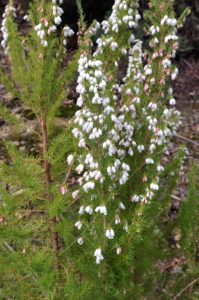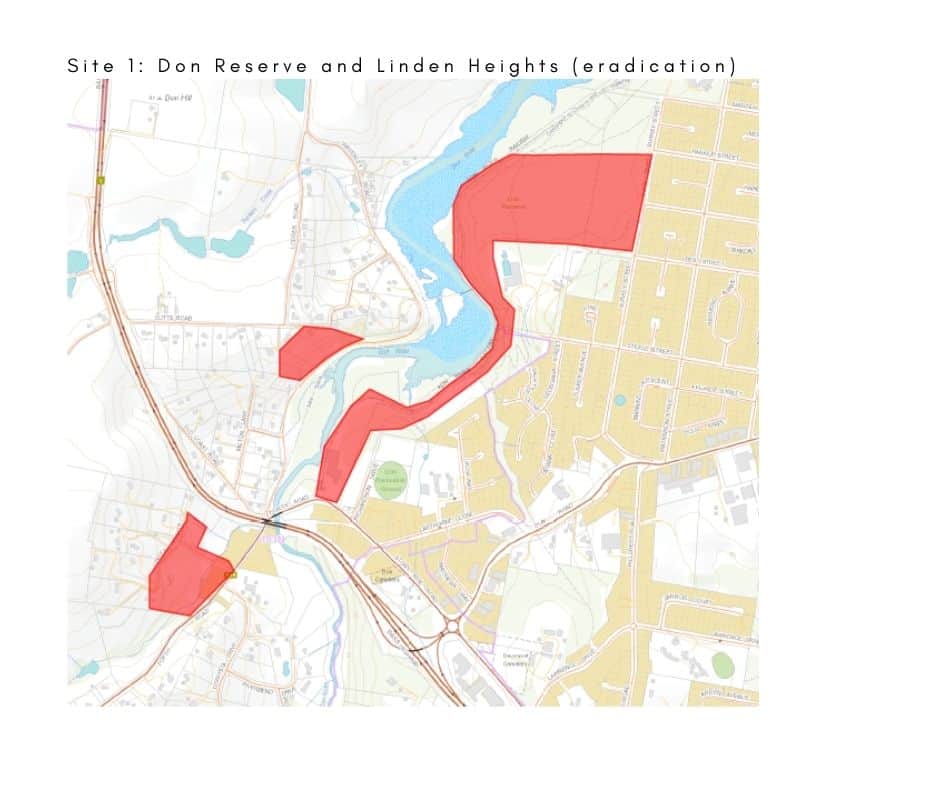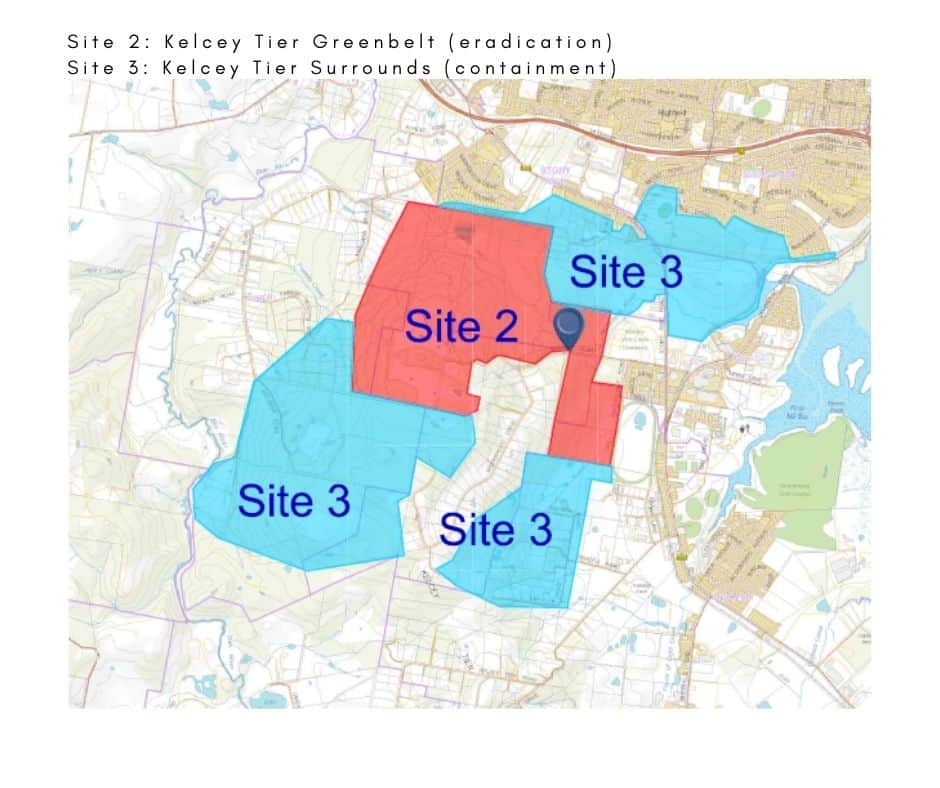Weeds Action Fund
Spanish heath is familiar to many Tasmanians as a highly invasive weed. In the north-west coast it is becoming increasingly prevalent and spreading at an alarming speed. Spanish Heath is often confused with native species due to the remarkable similarities it has with our own native heath species.
Thanks to the State Government Weed Action Fund, we have a unique chance to stop this invasive weed before it gets out of control and impossible to eradicate.
From 2022 to 2025 a collaboration of land managers from Councils, State departments, utilities, and local landowners will be working together in priority areas to eradicate this dreadful pest that is endangering productive land and our amazing natural values.
Motivating and supporting shared management by landowners, volunteers, and government agencies across thousands of hectares is a significant challenge that can only be achieved by cooperative teamwork. We are excited to make a start in Autumn 2022.
Please join us to rid the north-west from Smithton to Devonport of Spanish heath.

Spanish Heath (Erica lusitanica) is a small to medium sized evergreen woody shrub which can grow up to 2.5 meters in suitable conditions. Leaves are small, fine, and pine like, 4-7 mm long. Young stems have unbranched hairs 1 mm long. It usually grows as a dense multi-stemmed bush. However, slashing can thicken it up so that can become more hedge like. Each plant can produce millions of minute seeds, which are dispersed by wind, water, animals, vehicle tyres or shoes. Its spreads rapidly and vigorously.
Because it looks remarkably like a native plant it can go unrecognised, and although it has pretty bell flowers and delicate foliage it presents several major issues:
- It affects farmers’ livelihoods by competing and overshadowing pasture plants.
- It can overwhelm paddocks, roadsides and nature strips – even when mowed or slashed it has the ability to grow close to the ground and still produce flowers and seed.
- It aggressively outcompetes native plants for resources, replaces native heath and forest understorey with dense monocultures of a single species.
- It reduces food availability and habitat for native wildlife.
- It threatens the natural beauty and biodiversity on which north-west Tasmania’s reputation and economy hinges.
- It is extremely combustible and provides a fire hazard.
This devastating weed now runs rampant across the region, but how did it get this bad?
Five Councils – Circular Head, Waratah-Wynyard, Burnie, Central Coast and Devonport Councils identified the emerging risk that Spanish heath is posing the north-west coast. It was recognised that the threat of Spanish heath can only be controlled in collaboration by multiple land managers. A Weed Action Fund mapping exercise allowed us to single out areas of priority and determine urgent management actions. We are working hard to get everyone in our region involved. The five Councils, TasRail, TasNetworks, TasWater, State Growth, Sustainable Timbers Tasmania, Forico and Tasmanian Parks and Wildlife Service, agricultural managers and private landowners, beginning in 2022 will commence targeting Spanish heath in priority zones.
But there is one critical piece of the puzzle remaining: You!
For landowners in the municipalities of Circular Head, Waratah-Wynyard, Burnie, Central Coast and Devonport Councils within the targeted areas, we will provide free herbicide and instructions on how to spray, or how to manually control Spanish heath on your land.
Whether you own a large rural property, a bush block, or a house in the suburbs, we’re inviting everyone to get involved. We are asking you to register as a participant in the Spanish heath Blitz so we can let you know about assistance, keep you informed on progress, and so we can track where Spanish heath control is being undertaken. This will allow us to recruit other properties in your area, improve resource allocations and reduce the risk of reinfestation.
REGISTRATION FORM
The best time to control Spanish heath is around April/May when the plants produce flowers, but before the seed sets.
If you plan to undertake Spanish heath spraying yourself we can help by providing free herbicide and PPE (personal protective equipment) to registered landholders within the targeted areas [1].


Watch the video [2] below on how to spray Spanish heath.
If you prefer to outsource the job, please get in touch and we can provide contact details of recommended contractors who we know to be experienced, thorough and careful.
You can use the Spanish heath Information Sheet to share information with your neighbours so that we get as many people involved as possible.
The Herbicide Application Record [3] can be used by you or your spray contractor to record the work done. This data will enable us to monitor control being undertaken across the region and evaluate the success of the blitz.
If you plan to be undertaking manual removal of Spanish heath please go to the links above to watch a video and to learn more.
We recommend that you take some before and after photos of the heath you have sprayed.
